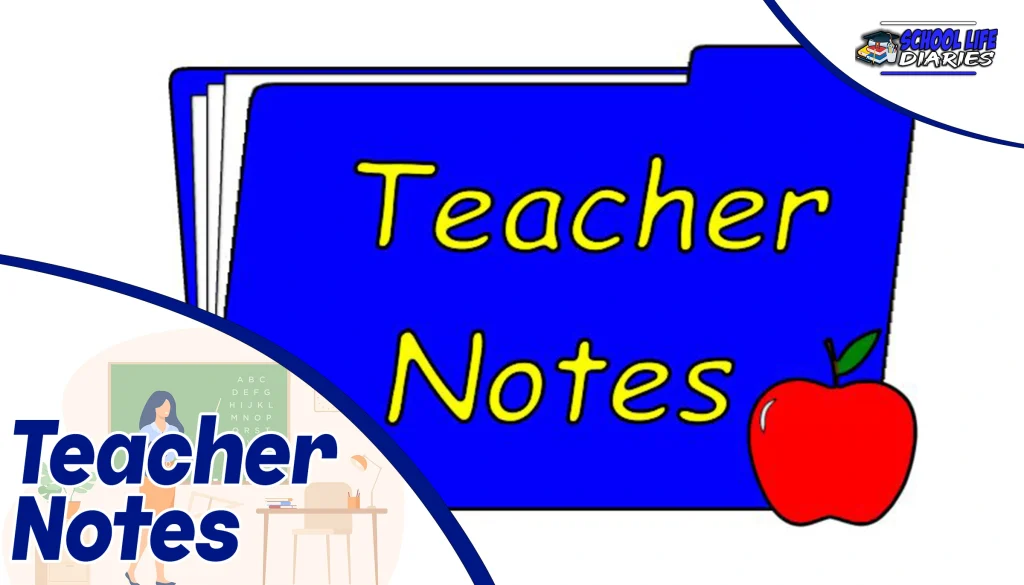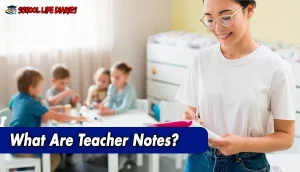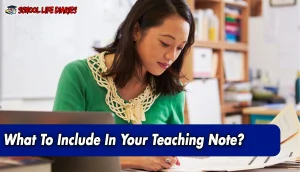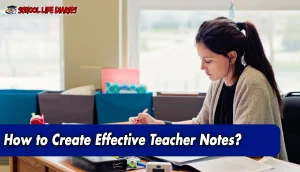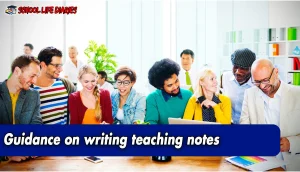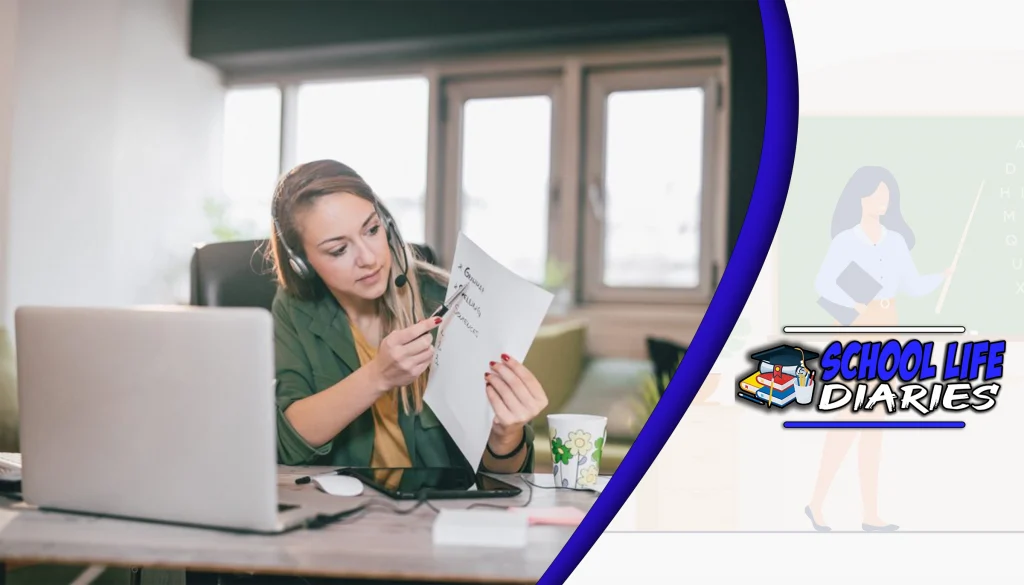Understanding the importance of catering to different learning styles is essential when creating teacher notes. To accommodate these differences, teacher notes should be adaptable and incorporate various teaching strategies that cater to multiple learning styles.
What Are Some Practical Tips For Creating Engaging and Informative Teacher Notes?
To ensure that notes are engaging, it is crucial to organize information in a logical and coherent manner. Teachers should consider the logical progression of concepts when structuring their notes so that students can easily follow along. By following these practical tips for creating engaging and informative notes – utilizing clear headings and subheadings, incorporating visual aids such as diagrams or charts, and organizing information logically – educators can enhance student learning experiences.
How do you adapt teacher notes to accommodate different learning styles in the classroom?
Adapting teacher notes is crucial in accommodating different learners and their unique ways of processing information. Additionally, it is important to consider auditory learners when notes adoption. These students benefit from hearing information presented aloud or through discussions. To accommodate their learning style, teachers can include audio recordings or provide opportunities for group discussions in the classroom.
Teachers can also incorporate movement breaks or incorporate physical objects into the lessons to further support kinesthetic learners’ engagement and understanding. By adapting teacher notes to accommodate different learning styles, educators create a more inclusive and effective classroom environment. Visual aids cater to visual learners’ preferences for imagery while audio recordings promote engagement among auditory learners. For kinesthetic learners, interactive activities help solidify understanding through hands-on experiences.
What Are Teacher Notes?
Teacher notes play a crucial role in organizing information and providing structure to lessons. By clearly delineating the sequence of topics and learning activities, teacher notes help ensure that all necessary content is covered within a given timeframe. Moreover, teacher notes are instrumental in engaging students during classroom instruction. The use of varied instructional strategies accommodates different learning styles by appealing to visual learners through charts or diagrams, auditory learners through discussions or lectures, and kinesthetic learners through hands-on activities or experiments.
Teacher notes serve as essential resources for educators in creating effective lessons that accommodate different learning styles in the classroom. These written materials provide structure and guidance while organizing information in a logical manner. Furthermore, by incorporating engaging strategies tailored to individual student needs, teacher notes help foster active participation and enhance overall student learning experiences.
Why Are Teacher Notes Important?
Vital for effective instruction, a well-organized and thoughtfully designed resource provides structure and guidance to enhance student engagement and learning. This is precisely why notes are important. Creating engaging teacher notes is essential to capture students’ attention and maintain their interest throughout the lesson. Practical tips can be followed to make these notes more engaging. Additionally, incorporating interactive elements like questions or activities within the notes can encourage active participation from students.
Adapting the notes of teachers for different learning styles is another crucial aspect of effective teaching. The notes of teachers play a vital role in enhancing instruction by providing structure and guidance during lessons. Engaging teacher notes captivate students’ attention through visual aids and interactive elements while adapting them for different learning styles ensures inclusive education where all students can thrive academically. By creating well-designed teacher resources that prioritize engagement and differentiation strategies tailored to diverse learners’ needs, educators contribute significantly to fostering an optimal learning experience for their students.
What To Include In Your Teaching Note?
Effective lesson planning requires careful consideration of the content and instructional strategies that should be included in teaching resources. In addition to organizing content, teaching notes should also focus on promoting student engagement. Furthermore, teachers can include multimedia resources like videos or online simulations to enhance student engagement and provide additional visual or auditory stimuli.
Teachers may include specific tips or techniques for managing classroom behavior or addressing common challenges that may arise during the lesson. By taking into consideration these key elements – organizing content effectively, promoting student engagement, and providing guidance on instructional strategies – teachers can create comprehensive teaching notes that facilitate smooth lesson delivery while ensuring maximum learning outcomes for their students.
How to Create Effective Teacher Notes?
To create comprehensive and organized instructional resources, it is essential to carefully structure the content, incorporate engaging activities, and provide guidance on instructional strategies. When creating effective teacher notes, it is important to follow certain best practices.
Another key aspect of creating effective teacher notes is adapting them for diverse learners.
Lastly, writing effective teaching notes involves providing clear guidance on instructional strategies.
This could involve suggesting specific activities or techniques that will help students grasp concepts more effectively. Furthermore, teachers can offer tips on classroom management strategies or differentiation methods that will support student learning and engagement. By offering such guidance within their teaching notes, educators can empower themselves with a comprehensive resource that enhances instruction delivery. Creating effective notes for teachers requires careful consideration of best practices such as organization, adaptation for diverse learners, and clear guidance on instructional strategies.
Customizing Teacher Notes for Different Learning Styles
To create customized teacher notes for different learning styles, educators can employ strategies for individualized instruction. Auditory learners may benefit from audio recordings or oral explanations included in the notes, while kinesthetic learners may require hands-on activities or opportunities for movement during instruction. In addition to these techniques, accommodating diverse learners also involves providing multiple means of representation, action, expression, and engagement. They can also incorporate interactive elements into the notes to promote active participation and engagement among all students. Creating effective teaching materials requires implementing strategies for individualized instruction and employing techniques that accommodate diverse learners.
Guidance on writing teaching notes
Instructional tools built with consideration for different learning styles can increase inclusion and efficacy. In order to engage an audience with a subconscious desire for freedom, it is essential to make teaching notes interactive and dynamic. Guidance on writing teaching notes plays a vital role in creating inclusive and effective classroom instruction. By considering diverse learning styles and incorporating interactive elements into instructional resources, teachers can better engage their audience with a subconscious desire for freedom. Utilizing clear language and adopting an encouraging tone further enhances the accessibility and effectiveness of these materials.
Conclusion
Teacher notes should include key concepts, examples, and explanations that aid in student comprehension. Creating effective teacher notes requires careful planning and organization. Customizing teacher notes for different learning styles involves recognizing that individuals have unique ways of processing information. By incorporating various teaching strategies such as visual aids or interactive activities into the notes, teachers can engage learners with different preferences effectively. By following practical tips on creating engaging and informative teacher notes while considering individual learning preferences, teachers can create a dynamic classroom environment that fosters student growth and understanding without relying heavily on personal pronouns.

